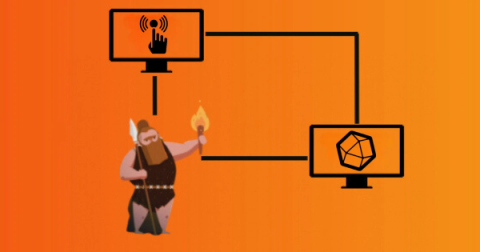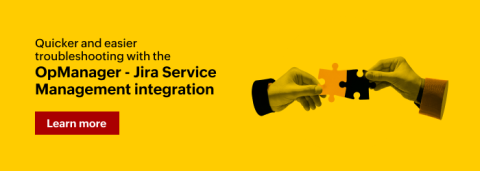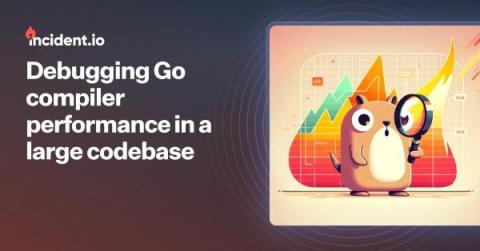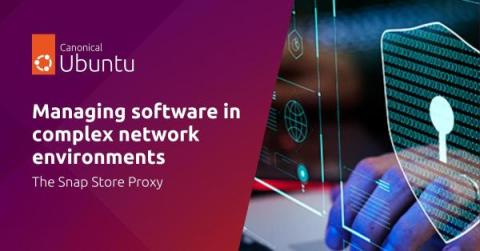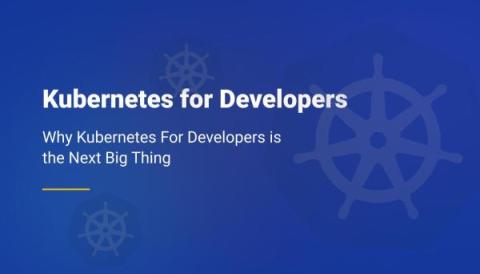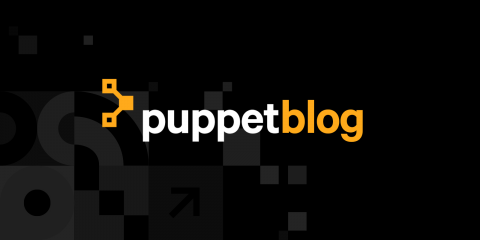Easily Monitor URL and IP Availability Using Telegraf with Ping
Monitoring your domain URLs and server IPs is important for many reasons and plays a crucial role in ensuring the health, performance, and security of a network or web application. Monitoring hosted IPs within your infrastructure helps track the availability and uptime of websites and services. It also allows organizations to identify and respond quickly to downtime or outages, minimizing the impact on users.


